ephemerality sculptures
Our fast-paced way of living has made us very good in pushing away all thoughts about evanescence and death. The way we design our surroundings reveals that we don’t want to be aware of the fact that everything is temporal and changing. By contrast, in Japanese wabi-sabi philosophy impermanence, imperfection and incompletion are considered essential aesthetic principles that convey beauty. Traces of time and use, of physical forces in general, are thought to be an increment value. I find this idea of embracing vulnerability very impressing and powerful, so I built a series of objects that correspond to this concept.
The filigree sculptures shown here are made to transport a visual idea of ephemerality and transitoriness forcing the viewer to contemplate his or her own mortality and to find beauty in the fragile and vulnerable.
The material I used is rice paper, a substance that has a special connotation in wabi-sabi: it submits light in a diffuse glow and hence corresponds to the idea of transcendence. Sometimes the dried-out forms look like cloth floating in water, but simultaneously frozen and unmoving, a contradiction that again refers to time and the unability to stop it from passing.
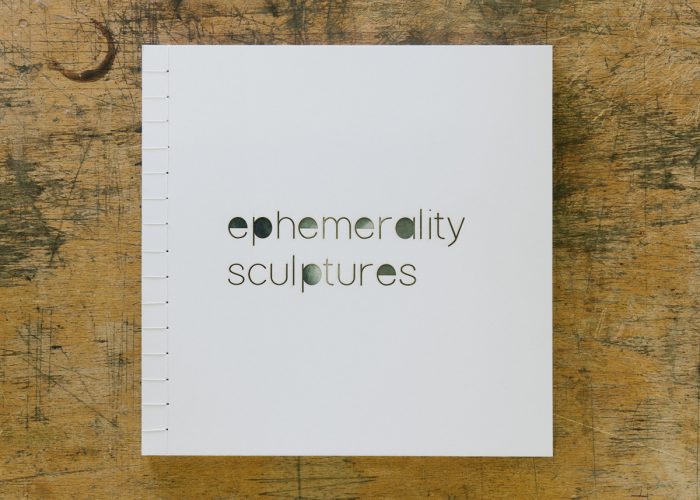





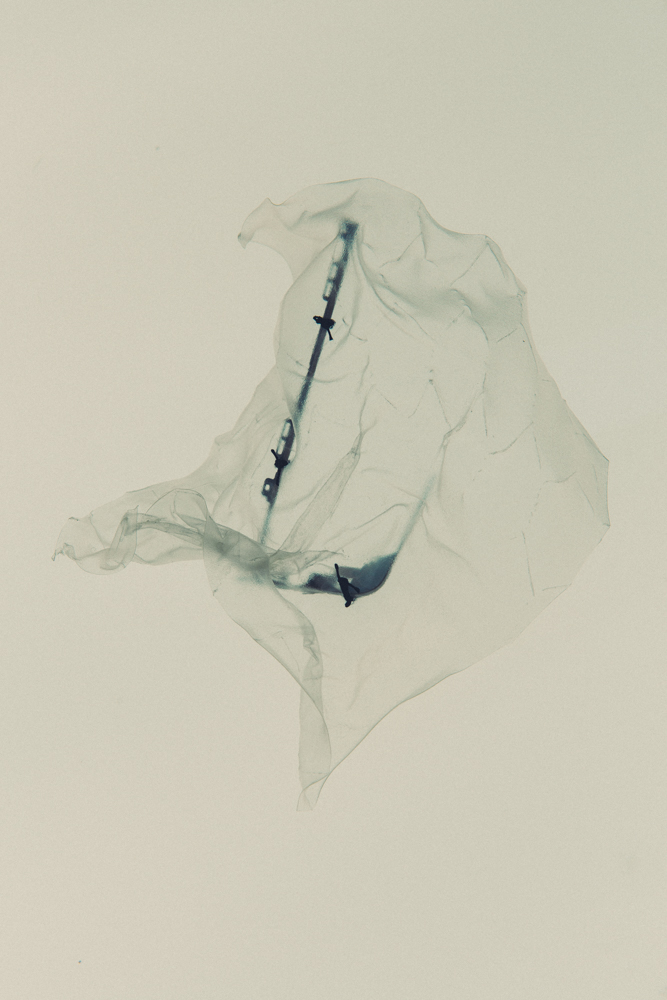


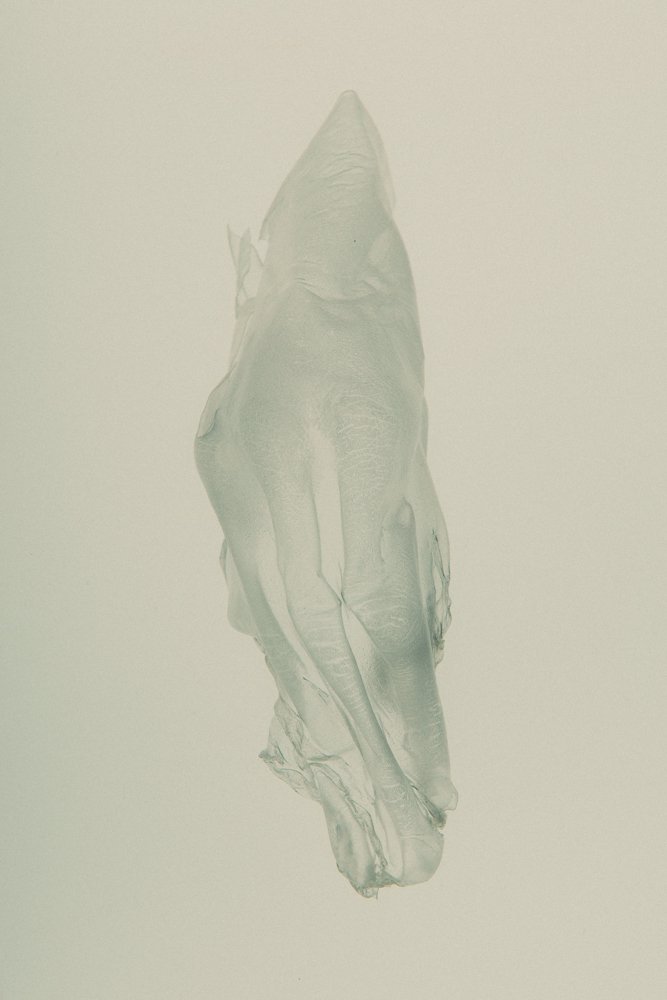
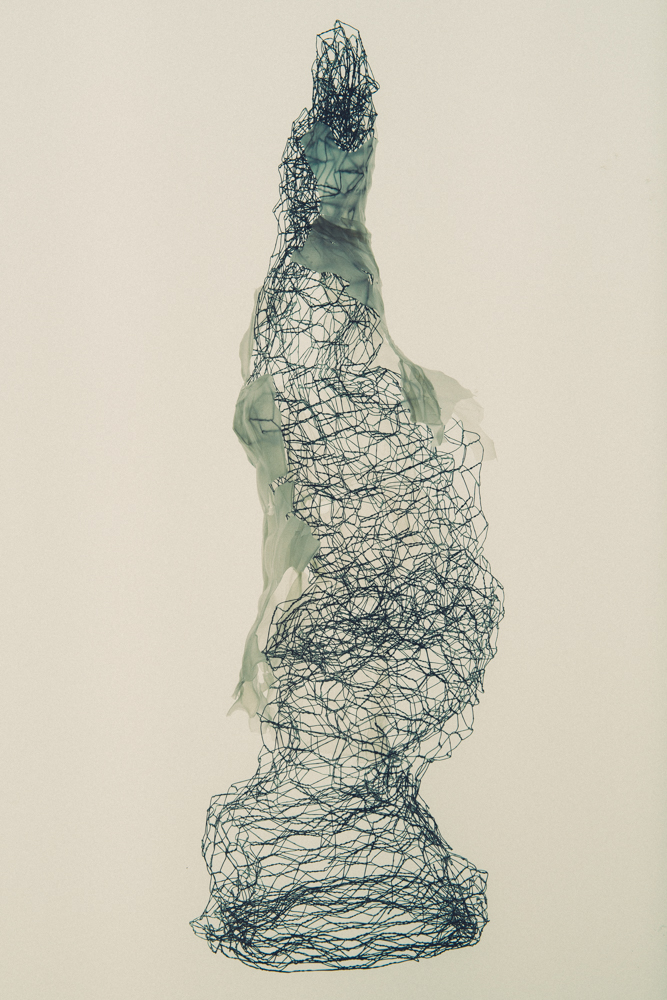
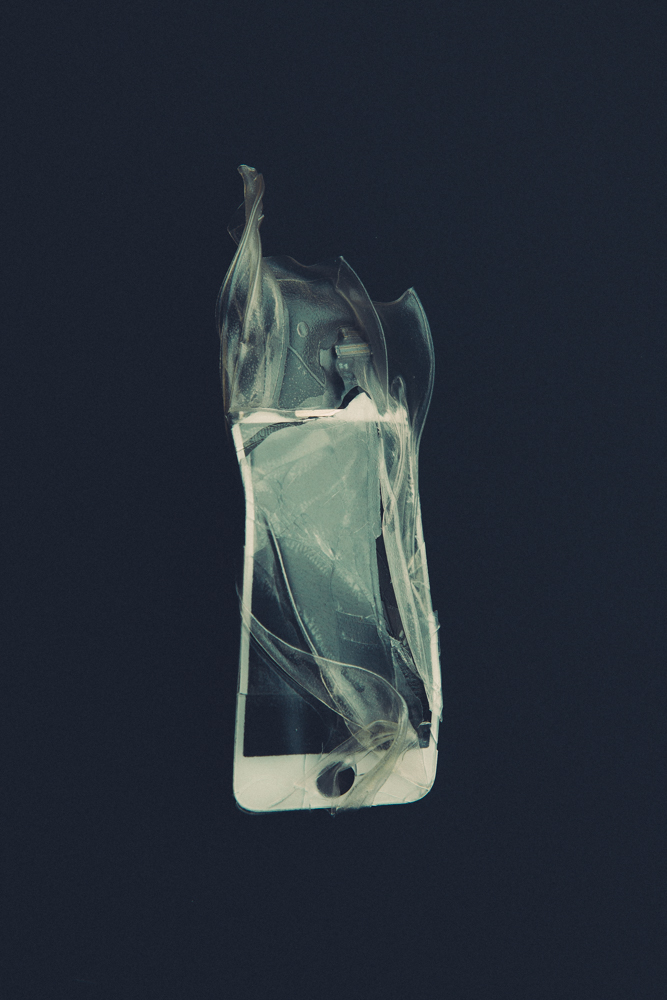
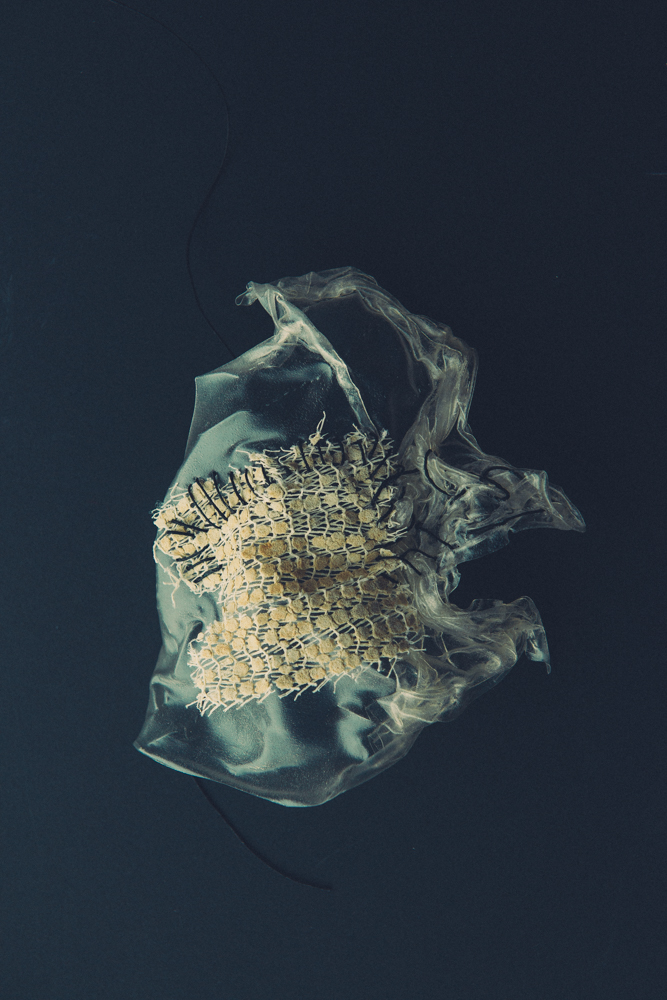
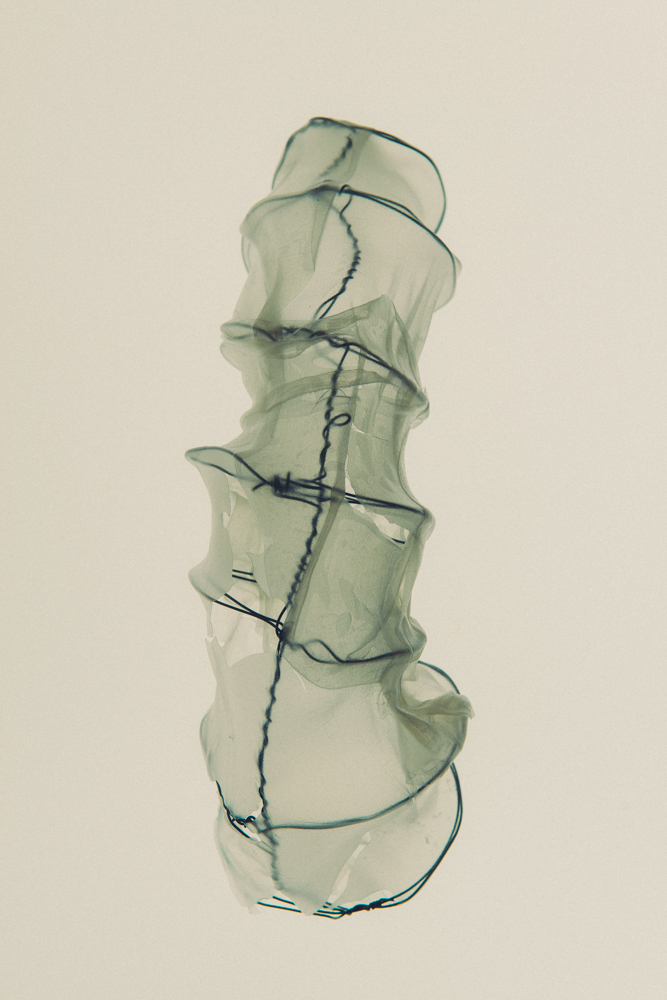
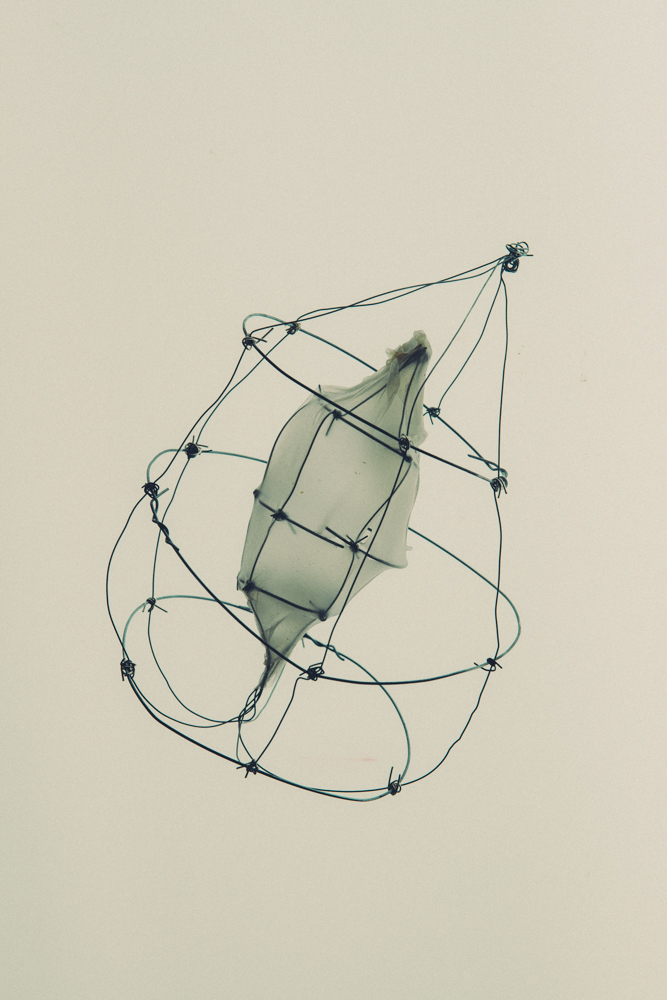
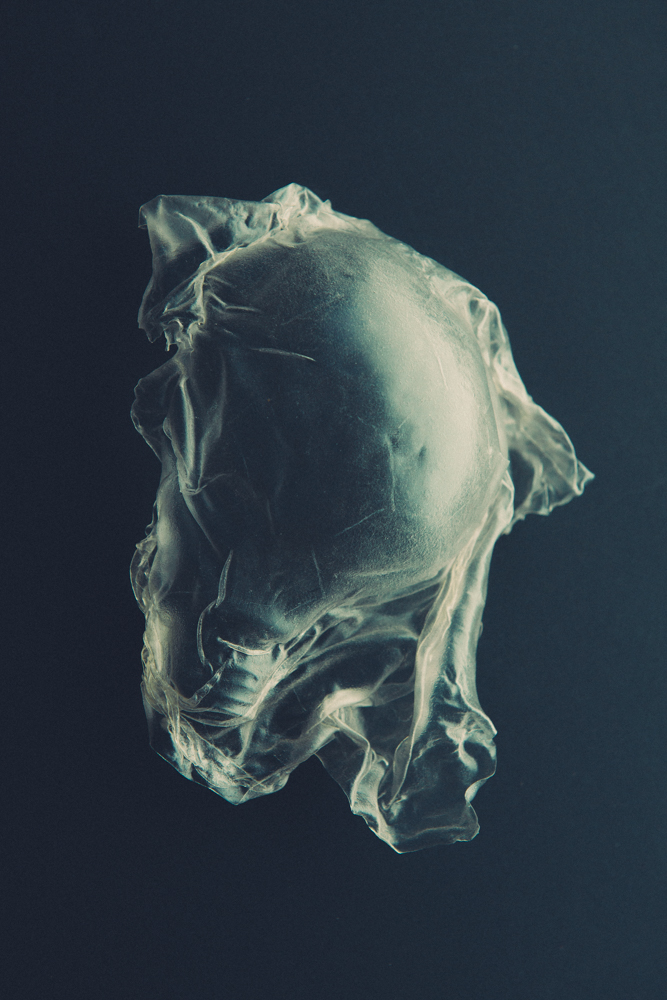


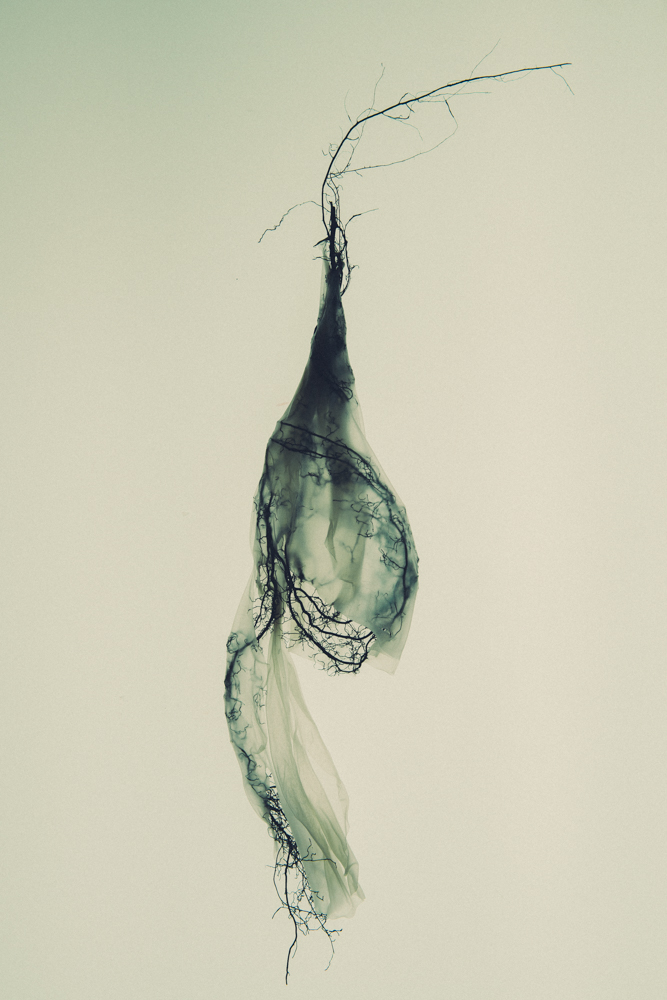
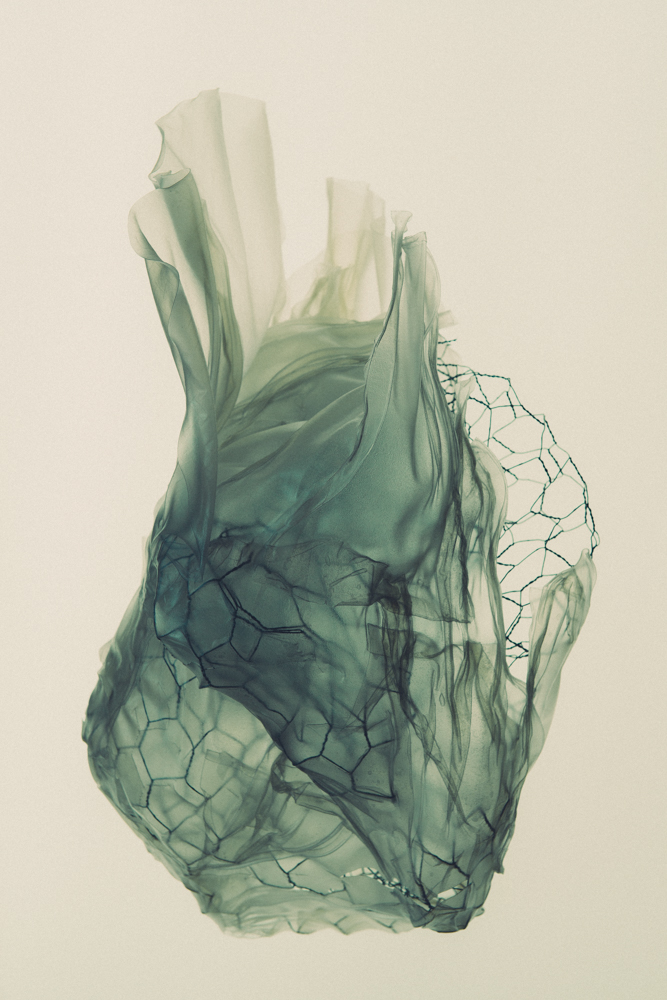
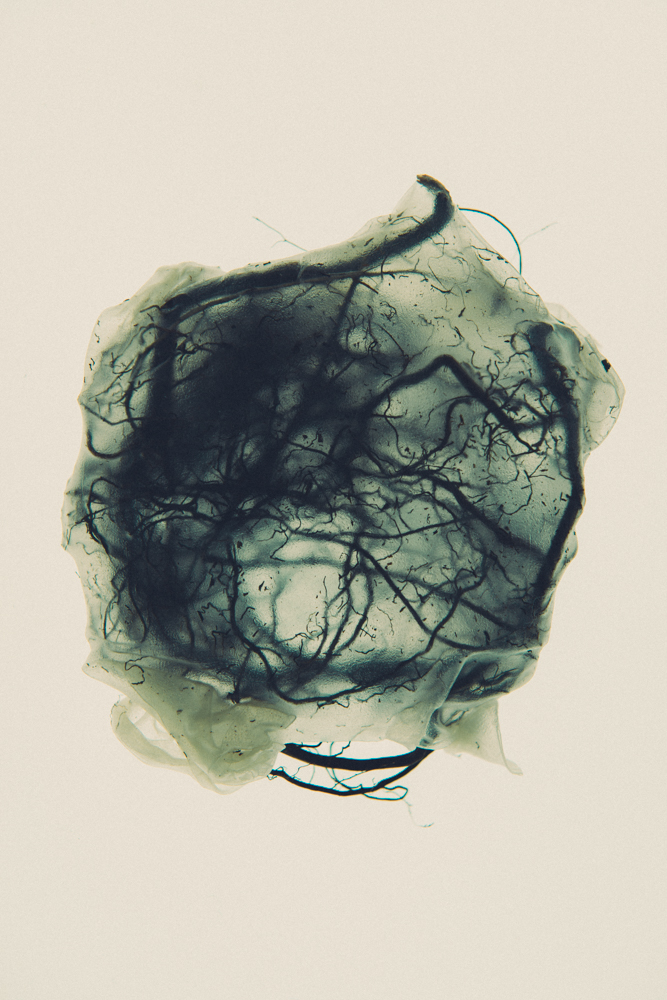



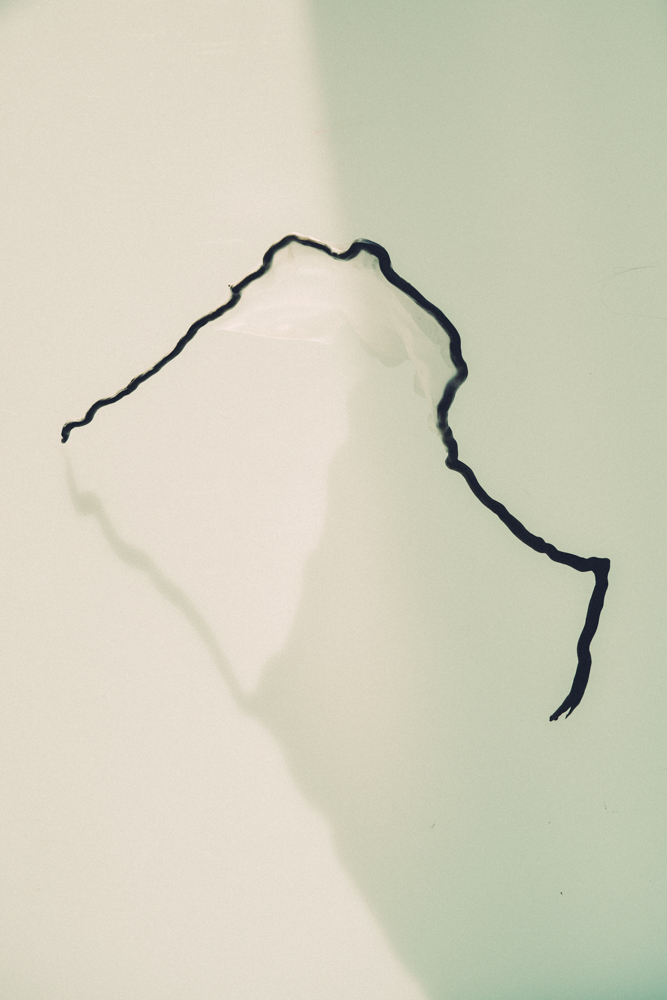
I find it hard to advocate for or against wire as well as colour since you photographed them all so beautifully. 😉
The dialogue between the wire and the paper is just as exciting as the uncanny effect of the pure paper sculpture that suggests a frozen fleeting moment. One is also intrigued by the lack of the scaffolding structure. I like the hint towards a void, a negative space here.
As mentioned before I am curious how those objects could interact with an everyday environment.
Thank you for this nice feedback! I’m definitely going to experiment with putting them in different environments as a next step.
Maybe you want to consider the generation process of the shape(s). Do you construct the shape in a linear thought process or do you construct a situation that shapes the paper?
To put it differently: You might arrange a specific number of wires in a specific order – lets say a ribcage – and create a hull with the paper. Or you might define a process, such as throwing the wet paper at a body part and see what shape emerges. The latter – generative – is of course less controlled but might hold a new dimension of “meaning” – did you throw the paper or let it gently glide onto the body? – does the body move afterwards and thus imprint its movements onto the shape?.
That’s very interesting input. Thank you! I like the idea of randomising the creation process of the form and the thought of an interaction between the paper and a body. I’m excited to give that a try.
On the other hand I feel like the aesthetic using those fragile wires could be visualizing better what I had in mind. Maybe I’ll stay with that approach if the outcome of a randomised process truns out to be less intriguing in terms of aesthetics. I would rather not want to tade a “more” in concept for a “less” in formal appearance.
I wouldn’t necessarily call it “randomising” since a thoughtfully designed process is not completely arbitrary. “Randomness” on the other hand would be unstructured noise.
You’re right, maybe “randomised” was a misleading term. I meant a process that cultivates chance and gives the accident and the unplanned lots of space.
I like your motivation to experiment and explore even more. Looks like you really enjoy working with the material and won’t run out of ideas in the near future.
Since you have a huge arsenal of sculptures by now, I would still also focus on how you want to present or exhibit the final results.
Are there categories or stories you could arrange them in? Which medium? Is it a book with a whole collection (like the stain book)? A film? Gifs? Photographic series?
Lots of possibilities, but I think it’s important to boil it down to a well thought out selection that makes it interesting for the viewer to watch.
Thank you for this thought! I’ve been thinking about that, too. In the end it definitely has to be a selection – I should only show the ones that got really interesting. I really like the idea of a book, but I’m not sure if I can still manage to produce one in the short time the workshops are still opened. I’ll find some way. 🙂 And maybe, now that you mention it, a short film could be an idea as well. I wanted to work with motion picture again for quite a while now.